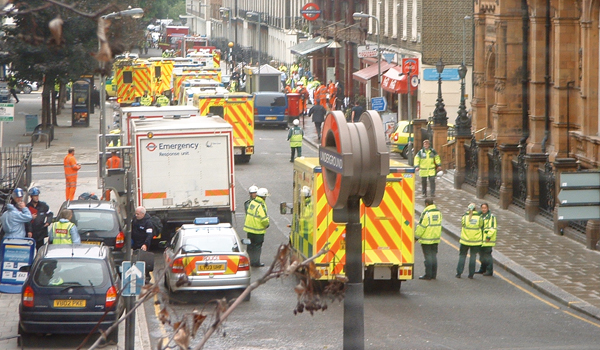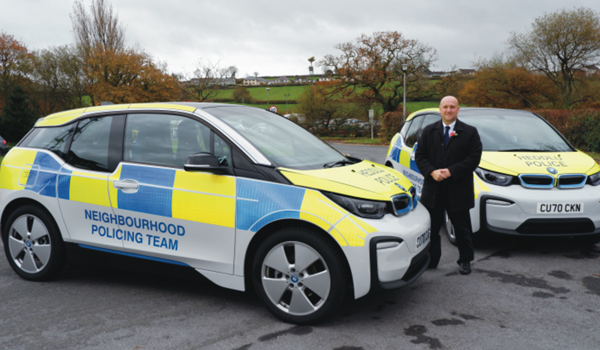Ultra-fast bomb detection unveiled
Researchers from the University of Surrey have developed a new ‘ultra-fast’ method to detect materials that could be used by terrorists to build explosives.
The new detection system is able to analyse a wider range of materials than current thermal-based detection systems used in airports, and other high-risk locations while reducing false positive reports.
Using swabbing material to collect samples of explosives, the new method is able to detect substances such as nitrotoluenes, trinitrotriazine, hexamethylene triperoxide diamine and nitroglycerine. Detection of peroxide-based explosives is key as high-profile terrorist attacks, such as the London bombings in 2007, used devices made from these materials.
The Surrey researchers say the swab spray technique is able to achieve “high sensitivity results” and has also been tested on ‘dirty’ surfaces such as new and used keyboards.
In a comprehensive two-part paper published by the journal Propellants, Explosives, Pyrotechnics and Forensic Science International: Synergy, the Surrey team – Dr Melanie Bailey, Dr Catia Costa and Dr Patrick Sears – details how it has built on its previous groundbreaking work on super-fast fingerprint drug testing to develop a technique that is able to detect ‘key’ explosives in just 30 seconds.
Dr Bailey said: “It’s the unfortunate reality that security, especially in our airports, has to stay several steps ahead of those that wish to cause harm and destruction. The current thermal-based way of detecting explosive material is becoming outdated and has the propensity of producing false positives. What we demonstrate with our research is an extremely fast, accurate and sensitive detection system that is able to identify a wide range of explosive materials.”
Dr Costa added that the need for fast screening methods with enhanced selectivity and sensitivity to explosives “has reached a new boiling point with the recent terrorist activity”.
“The use of paper spray for applications such as these may help reduce false-negative events while also allowing simultaneous detection of other substances such as drugs, as previously reported by our group,” she said.
Dr Patrick Sears said the critical advantage of the system was “the ability to uniquely identify the explosive being detected, making it much less likely to create false alarms”.
“The selectivity of this system means that it could also be used to identify a range of other threat materials while the sensitivity would allow the detection of invisible traces of explosives,” he added.





